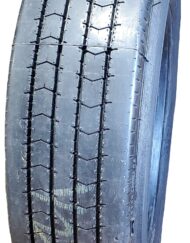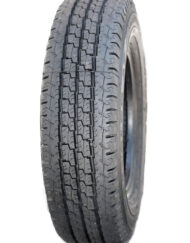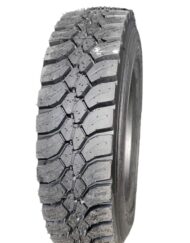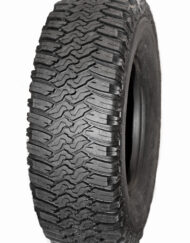Retread Myths: Mold Cure vs. Precure
In the world of retread tires, there are two ways in which companies produce tires. Whether you call your tires precured, remolds, or mold-cured, they’re all members of the retread family! However, just as not all trucks are created equally — let’s face it, the ever-present SUV is not a commercial Volvo VNL truck — not all retread tires are created equally.
Although the final product may vary, the process for mold cure and precure retreads begins in much the same fashion. First, each tire that is to be retreaded is carefully inspected by experienced technicians. Inspectors use the latest industry equipment to guarantee the integrity of the tire casing. In most instances, although the rubber may have been worn away, the casing will remain structurally strong. Still, it’s not at all uncommon for retreaders to discard casings to ensure quality and user safety.
The Tire Retread and Repair Information Bureau reports that “As many as 85% of passenger tires are rejected. The acceptance rate for truck tires is higher due to the better care taken for and the stronger construction of a truck when compared to a passenger tire. Only the very best proven worn passenger and truck tires get past this inspection.”
After the initial inspection, what’s left of the original tread and rubber is mechanically removed by high-speed buffers. This process both removes worn rubber and trues tires to an exact diameter and radius. Buffing also prepares the tire for the precure or mold cure method of retreading.
How Precure Tire Retreading Works
In this process, once a worn tire has its original tread removed a new tread, which has already been vulcanized with the new tread design, is then wrapped and spliced using a bonding agent known as cushion gum. The tire is then placed into a chamber where it is cured. Although this allows a company to produce a number of different sizes and treads at the same time, the bonding may not be as secure as a mold cured or remold tire.
How Mold Cured or Remold Tire Retreading Works
When a company uses the remold (also known as the mold cured bead to bead process), the original tread is removed and raw (unvulcanized) rubber is wrapped around the tire in one continuous piece — this is a process very similar to new tire manufacturing. Then, The tire is placed in a rigid mold where it is cured. The benefits of mold cure tires and remold are greater than precure tires. The higher curing pressure results in a tighter bond and a cleaner finished appearance.
Once the tire is removed from the mold, a careful final inspection is conducted to make sure the retread tires meets industry standards and is ready for sale.
Whether you get a precure, mold-cure or remold tire they’re all retreads! Because of the bonding and aesthetic benefits, Tire Recappers has proudly used the mold cure method of retreading since 1960. For the best retread tires in the industry, shop retread tires at Tire Recappers!




